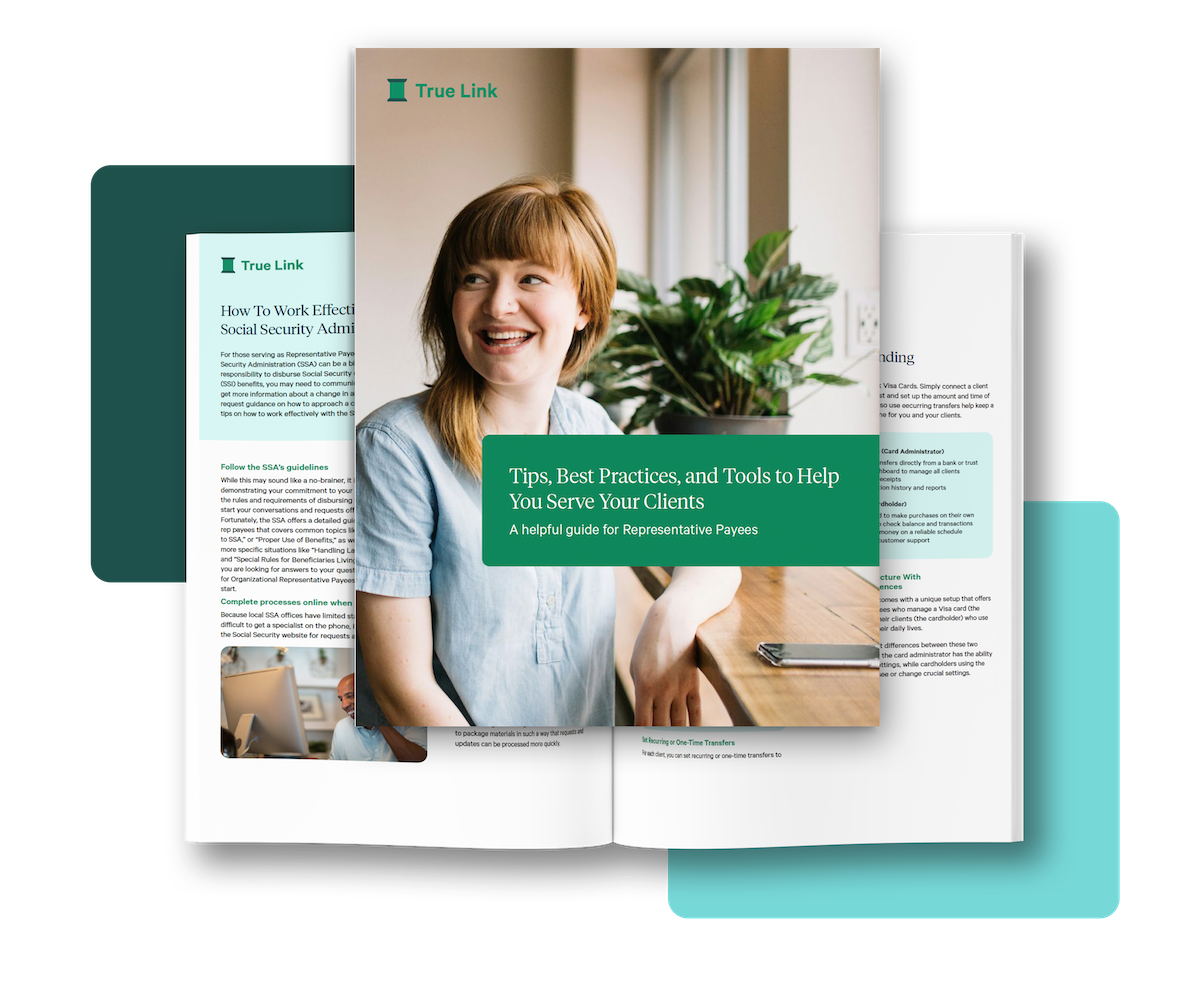ABLE Account or Special Needs Trust: Key Considerations for Fiduciaries
Updated 05/13/2025
Note: this article is not intended to provide investment, legal, tax, or accounting advice. Before making decisions with investing, legal, tax, or accounting ramifications, you should consult appropriate professionals for advice that is specific to your situation.
For decades, professionals serving people with disabilities have turned to Special Needs Trusts (SNTs) to help their clients save money and safeguard their benefits eligibility. More recently – in 2014, the Achieving a Better Life Experience (ABLE) Act introduced a new savings vehicle by allowing states to create tax-advantaged savings programs for eligible people with disabilities.
While thousands of individuals are already using ABLE accounts, the program could be serving millions more. Of the 8 million people estimated to be eligible (and more who will become eligible when the age limit increases in 2026) fewer than 200,000 individuals have opened accounts.
Do you have clients that should be taking advantage of an ABLE account or is an SNT the right choice? In this article, we’ll walk through some factors to consider.

Eligibility requirements:
Currently, ABLE accounts are limited to individuals who experienced the onset of their disability prior to age 26 (Note: the age limit will change to 46 as of January 1, 2026), while SNTs are less age-restrictive. First-party SNTs funded with the beneficiary’s assets must generally be established before the individual reaches the age of 65, and third-party trusts funded by non-beneficiary assets do not carry an age restriction. Typically, SNTs and ABLE accounts require that the beneficiary meets the disability requirements for Supplemental Security Income (SSI) or Social Security disability benefits.
Different levels of independence:
SNTs are a legal arrangement where a trustee manages assets on behalf of a beneficiary, and these trusts must be managed by someone other than the individual with a disability. However, with ABLE accounts, a beneficiary can manage their own account (or it can be managed by an authorized representative). For people with disabilities, managing their own ABLE account can provide a higher degree of financial independence and empowerment than they’ve ever had before.
How contributions are made:
Like with SNTs, the amount of money in an ABLE account is disregarded when determining eligibility for means-tested federal programs. This is true for ABLE accounts as long as the balance doesn’t exceed $100,000, but there is no limit on the balance of SNT assets. Contributions to these accounts can be made by any “person” (including trusts and SNTs), but the total annual contributions are limited to the annual federal gift tax exclusion (currently $19,000 for 2025). Additionally, the account holder may be able to contribute an additional $15,060 from their earnings into their ABLE account (more for residents in Alaska and Hawaii). These limits are distinct from Special Needs Trusts which do not have caps on how much can be contributed.
Paying for housing:
An SNT can be used to cover many types of expenses for the beneficiary; but if distributions are used for housing expenditures, the SSA may reduce the beneficiary’s Supplemental Security Income (SSI) for in-kind support and maintenance (“ISM”) benefits. This is not the case for ABLE accounts – many housing expenses can be paid for with an ABLE account.
Potential tax implications:
ABLE accounts are considered “tax-advantaged” accounts because income generated from contributions to the account (dividends, capital gains, etc.) are not taxed, as long as funds are used for (Qualified Disability Expenses (QDEs). This is different from SNTs where income generated by the trust is taxable. Some states also allow residents a tax credit or deduction for ABLE contributions. However, in both the case of ABLE accounts and SNTs, contributions are made with after-tax dollars. Additionally, ABLE accounts may only be funded with “cash” (e.g., no appreciated stocks, etc.), while SNTs can be funded with a variety of assets including cash, stock, bonds, and real estate.
Why not both?
The good news is that you may not have to choose. Many beneficiaries with ABLE accounts also have an SNT, whether first-party, third-party, or within a nonprofit pooled trust. The additional spending flexibility and beneficiary empowerment that can come with an ABLE account makes it a worthwhile tool to consider for individuals with disabilities. If you are contemplating opening an SNT or ABLE account, you should consult a special needs planning attorney or Elder Law attorney to discuss which of these options is best for the beneficiary’s needs – the right choice could be both.











